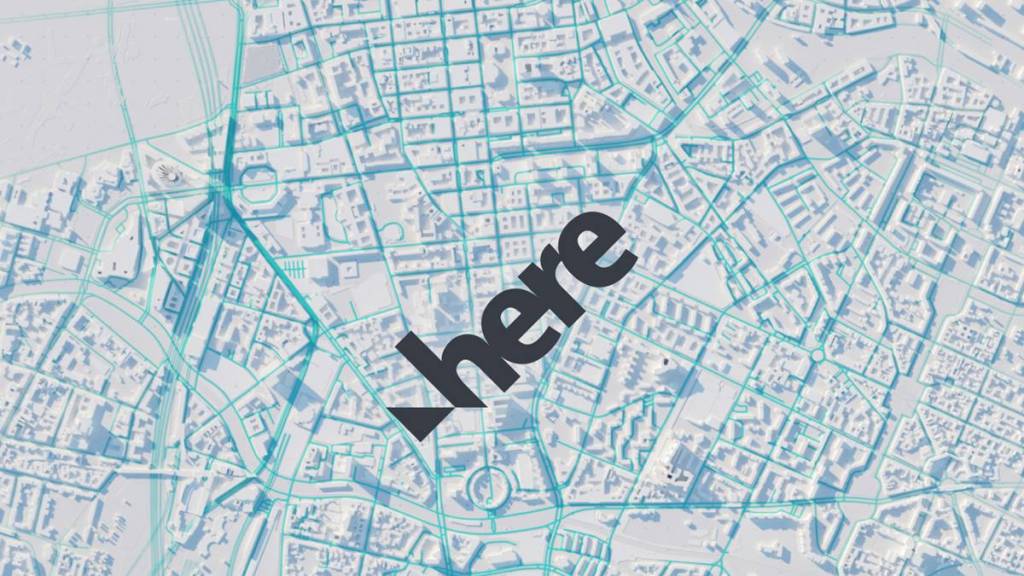Have you spent a really long time waiting for your Uber? That may soon change, as this week the world’s largest ride-sharing platform chose HERE Technologies to drive its mapping and geolocation functionalities and improve pick-up and drop-off locations.
“This long-term collaboration will enhance Uber’s mapping capabilities globally for ride-share and food deliveries,” Mike Nefkens, CEO, HERE Technologies, told FE. “The agreement will bring HERE’s advanced location-aware tools and functions to the Uber platform, and will help provide safe and more accurate drop-off and pick-up points at airports, stadiums, arenas and high-traffic areas globally.”
Uber said that mapping capability is key to creating a fast and intuitive experience for on-demand mobility and delivery solutions, and for more accurate ETA (estimated time of arrival). “Ultimately, it’s all about ensuring that end-users – from drivers to couriers to consumers – have the best possible experience when they are using the Uber apps,” Ajay Dalvi, senior director of Business Development at Uber, said. “In a fast-moving world, Uber’s partnership with HERE helps enable Uber to remain a leader in this space with heightened fresh and accurate data, and we are excited to continue building with them.”
The HERE platform offers Uber the ability to customise the app offering, improving the customer experience with better precision and fresh maps data.
Two years ago (in July 2021), ride-sharing platform Lyft – which operates in the US and Canada – had selected HERE Technologies as its primary search and places provider, and started using HERE Geocoding and Search services, and utilising HERE Real-Time Road closures data to provide more accurate ETA calculations.
HERE Technologies has also announced a new service called ‘EV Range Factors’ aimed at reducing driver range anxiety with improved on-route battery range calculations. “The ‘on-route, distance to empty’ calculations for electric vehicles (EVs) are a complex challenge and are often a major contributor to range anxiety,” Nefkens said. “Today’s EV predictions mostly use historical data from prior trips and do not consider real-time and predictive impacts that may or may not occur during the driver’s journey. EV Range Factors will help original equipment manufacturers (OEMs) take the step beyond using only historical data towards predictive data, enhancing the accuracy and reliability of the vehicle’s on-route range predictions.”
EV Range Factors provides road topography data to help the vehicle understand changes to upcoming road elevation, slope, curvature and roughness. It also leverages predictive outside ambient temperature data and road surface temperature data that significantly impact EV driving range, and incorporates predictive wind speed and direction near the road surface level. It is planned to be commercially available by the middle of 2024. Road topography data is available today in about 60 countries, and temperature and wind coverage will start first in Europe and North America, and later other parts of the world.



